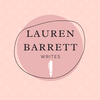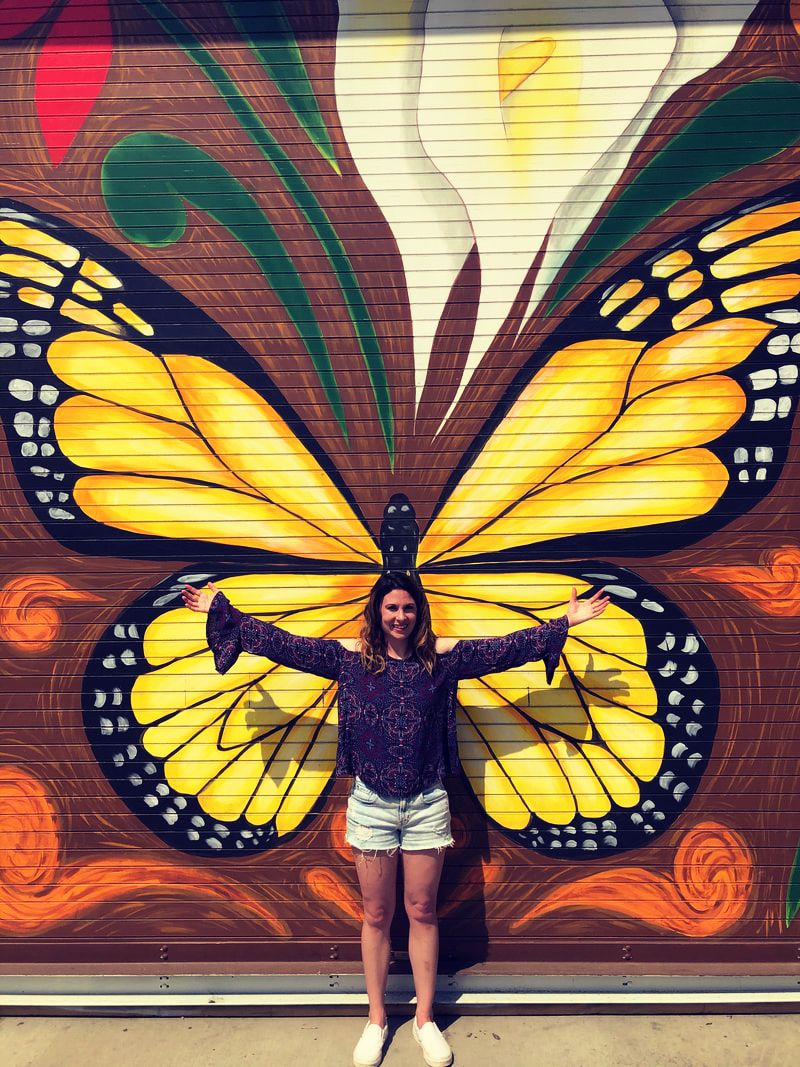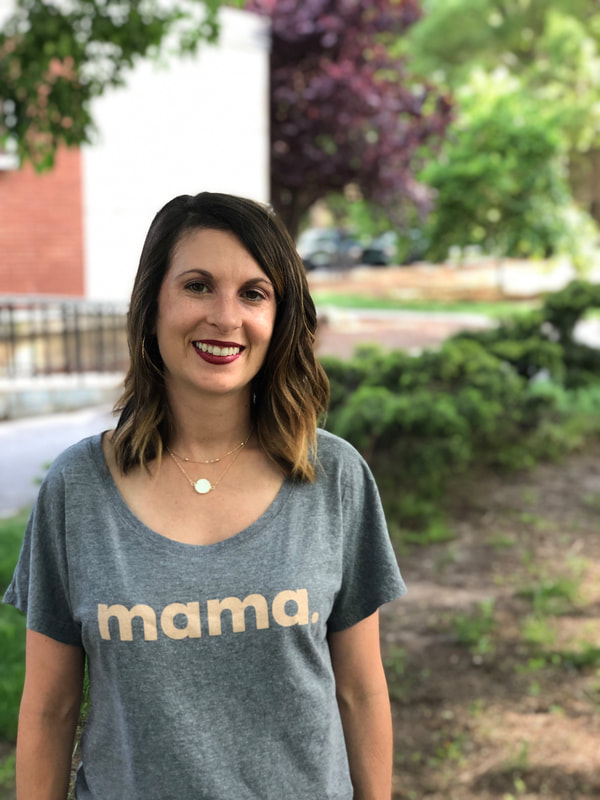|
Some of the links in this post are affiliate links. This means if you click on the link and purchase the item, I will receive an affiliate commission at no extra cost to you. All opinions remain my own.
The Diagnosis
I was diagnosed with Hashimoto’s Disease in September of 2015, but my journey begins before then. Two years and two months to be exact. What I remember the most is the feeling of being tired. Not “I Need a 15 Minute Catnap” tired, but extreme fatigue from basically walking and existing. I took a trip to Boston in July 2013. I had fun, but I yearned to lie down the entire time. I found my eyes closing as we toured Fenway Park. I drifted off as we took a ferry. I would ask to sit down on a bench as we walked the Freedom Trail because the bones in my feet ached so badly. I am an active runner, so this was unusual to me. After I got back, I chalked it up to just the weariness of traveling. However, although the tiredness subsided a bit, the aches in my bones persisted. Thus, my two-year journey on the path to Hashimoto’s began. The first doctor I saw was a podiatrist. He thoroughly examined and x-rayed my feet. Somewhat puzzled, he proclaimed that I might have a slight stress fracture. He suggested a boot for a few weeks. Feeling silly, I obliged. I wore it for the prescribed amount of time, all the while thinking that it had done nothing to help and we really weren’t getting to the root of the problem. Goodbye money. Several months passed with some dull aches and pains present, but overall, nothing too extreme. I continued running and living a normal lifestyle. My pains came back with a vengeance in the spring, but they were different this time. The muscles in my limbs hurt as well as my joints. I even experienced, what I would describe as tingling and numbness in my arms and legs from time to time. It was much worse this time around. I felt a constant need to stretch everything out or lie down. I needed to seek some help. The second doctor that I saw was my primary care doctor. She seemed perplexed too. My blood was drawn and when the results came in, she suggested a medicine that did nothing to help at all. Goodbye money. Summer 2014 was here, and I would experience the pains for weeks with them subsiding for a few days. I tried icepacks. They worked for the time being. I revisit the doctor’s office, and this time she prescribed me anti-depression pills. I rolled my eyes. I wasn’t depressed and never even had told her that. I refused to take them. Goodbye more money. The third time I saw my PCP she suggested I get a scan of my brain because maybe it was Multiple Sclerosis. “We just want to rule everything out.” I stared at them in disbelief. Sure, they would never conclude that I had MS just because I ticked one box. But there I was getting my head scanned, the first of many due to developing an unrelated brain aneurysm the following year. The results came in and just as I expected everything was normal. Goodbye money. By this time, I was fed up with the cocktail of drugs they tried to force upon me and the number of futile tests I had to endure. I switched doctors in September of 2015. My new doctor, the amazing Dr. Amy Bruton of The Whole Woman in Raleigh, NC, ran some blood work and informed me my thyroid levels were off. She sent me to what was now the 4th kind of doctor I had seen, the endocrinologist. There, he confirmed that I had Hashimoto’s, an autoimmune disease of the thyroid. In all, it means I have an underactive thyroid (hypothyroidism). His response to my question on where do I go from here was vague. He was the kind of doctor that couldn’t make eye contact and talked in hard to understand medical language. I left with the impression that I just do…nothing? A couple of months later I went back to my new doctor. In dismay, she shook her head when I told her of the endocrinologist’s advice. I left her office that day with a referral to a new endocrinologist, Dr. Glenn Stall of Raleigh Endocrine, and a whole list of medicine and vitamins to take: Nature Throid, Inflavonoid, Methyl B12, and Vitamin D. As I scanned my credit card for medicine and some new procedure for the umpteenth time, I prayed this time it would pay off. A few weeks later after taking the medicine, my prayers were answered. I felt the best I had in years. A renewed energy. The road to recovery was underway. The Diet At once, Dr. Bruton recommended that I cut back on the gluten and sugar intake. I laughed. After all, all things good were sugar and gluten, but I nodded my head in agreement and avowed to radically change my diet. I already ate healthily, but eliminating all gluten and sugar was a little bit of a stretch. I probably cut back 10-20%, but in all I skated by on the medicine alone until one day that simply was not enough. After having more good days than bad for a while, things started to shift, and my bad days outnumbered my good. My joints and muscles started aching again, and my neck started to feel swollen. Trips to the doctor and endocrinologist yielded medicine changes and dosage switches, but I realized that I had to get serious about my diet. First thing I did was bought a well-reviewed book called, “The Root Cause.” In the book the author details her journey with Hashimoto’s disease and treating the root cause rather than “putting a bucket under a leak.” The medicine was the bucket. Sure, it temporarily fixed the problem, but it didn’t stop it. After reading the book, I decided to stock up on the vitamins: Vitamin D, B12, Ashwagandha, Magnesium, Selenium, and Inflavanoid. Then, I undertook a big challenge: An Elimination Diet. For three weeks, I cut out 8 trigger foods: gluten, dairy, soy, shellfish, nuts, eggs, corn, and preservatives. It was really important to avoid these ingredients in their entirety, which I was shocked to learn that one or more of those things are in mostly everything, especially soy. After a nightmare of three weeks in the food department, I was salivating to begin bringing back these foods one by one into my diet. What I learned was that I had a gluten sensitivity and maybe a slight corn and soy one as well. But for the sake of my sanity I decided to go cold turkey and eliminate gluten all together. And I did for over a year. I was strict with myself and probably really annoying to everyone else, but I felt great! Then, I got pregnant and two months into it I craved gluten. After a few weeks of battling morning sickness, I caved and ate my first taste of gluten in over a year. Not too long, I completely fell off the wagon and was eating gluten like it was my job. If it affected me, I didn’t notice because well…pregnancy. Finally, I had my son and decided to be gluten free 50-75% of the time. My friends and family can’t keep up, but I definitely can tell when I coming down from the high of too much sugar and gluten. My neck feels tight and I have little energy. One of these days I plan to get back off it 100% of the time, but for now I will savor every last drop of it. Lifestyle Not only does diet affect Hashimoto’s but so does lifestyle. The more stressed I am the more the disease flairs up, and the more it flairs up the more stressed I become from my tiredness and overall pain. It’s a vicious cycle. To counter that, I must really learn to manage my stress. How I do that is by practicing taking deep breaths when I feel a huge wave of overwhelming feelings coming on. I have to pause, shut my eyes (if I am not driving), and take those breaths. It helps. I also learn to cut back on unnecessary work and commitment, and I lie down to rest when my energy is completely zapped. It’s a lot of letting go, but my overall wellbeing and happiness is really important. Some other strategies that help: · Yoga · Meditation · Praying · Writing down lists · Doing a little bit at a time · Saying no · Asking for help · 7-8 hours of sleep every night · Recognizing my limits · Calming music Ups and Downs With Hashimoto’s Disease, Dr. Bruton warned me that there would be ups and downs. I’ll have good days when the medicine is really helping, and then I will crash and have to learn to readjust. For example, after I gave birth I switched from hypo to hyper and was full of boundless energy, which rocked, so I went off my pills. Then, bam came the big crash, and I was back to being hypo and with that the need for my medicine again. Overall, I don’t love the disease, but I do love the feeling of having to be so attuned to my body and its needs. It’s a part of me, and it’s my journey.
1 Comment
Nellie
3/31/2020 03:22:15 pm
This was very informative.
Reply
Leave a Reply. |
Categories
All
|
Proudly powered by Weebly




 RSS Feed
RSS Feed